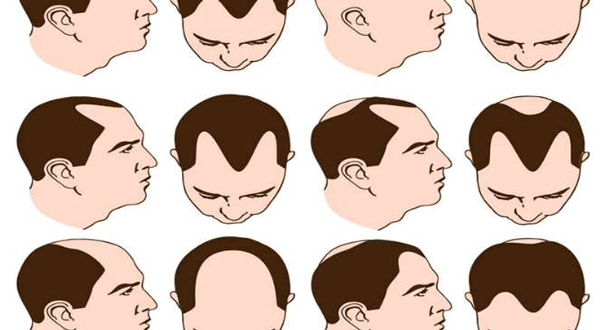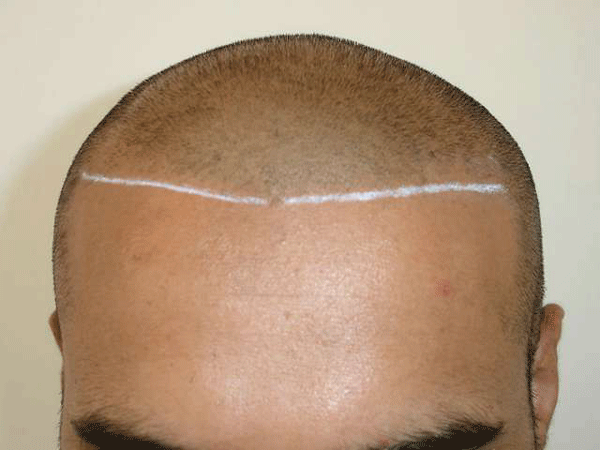Alopecia areata affects about 2% of the world’s population and is considered as the 2nd most common type of hair loss after hereditary baldness. It is also known as area or patch baldness because of the patchy balding pattern, which in serious cases can effect on the whole scalp or even the entire body. The most unfortunate thing is that it can happen at any age of life and usually starts at an early age, usually in early twenties.

Symptoms
The main symptoms are patchy areas on the head that vary in size, but the person who has alopecia areata can also notice problems with his/her nails. The person may notice white spots or lines on the nails, as well as nails without shine. If you notice any of these changes in your hair and nails, visit your doctor immediately to undergo required test and consult regarding which treatment for alopecia areata will best work for your specific problem.
Treatments
Unfortunately there is no cure that can help treat alopecia areata permanently, but surely there are some effective treatments which can help reduce hair loss and to re-grow new hair.
Corticosteroids is anti-inflamatory medicine prescribed for autoimmune diseases like alopecia areata. Corticosteroids is injected directly onto the bald areas every 3 to 6 weeks. Hair starts to re-grow after a month of the last injection. This drug can be also applied locally to the skin in a form of cream or foam to the hairless spots. However, when compared to injections, topically applied corticosteroids are less effective and are usually used in treating hair problems in children. Corticosteroids are also available as pills, but they have some serious side effects.
Minoxidil is a medicine used for patterned baldness used by both adults and children. Minoxidil must be applied twice a day on the bald spots and the results will start to show after 3 months of constant minoxidil treatment.

Hair transplantation is usually recommended to severe alopecia areata cases. This treatment for alopecia areata is a permanent and costly solution. It is a surgical procedure which requires between 10 and 14 days of recovery time (depending on the type of hair transplantation) and can sometimes lead to certain infections which are temporary and curable. Besides the possible infection, the main downside is that you will have scars on the head because of the surgery.
Scalp Micro Pigmentation, shortly SMP, is a relatively new treatment for alopecia areata which is rapidly becoming popular. It is a non-surgical treatment, requires no recovery time, has no side effects and offers immediate results. The treatment is basically tattooing; a technique which uses natural pigments applied on the scalp with tiny needles in order to imitate hair follicles. You can choose the shade of the pigment colour depending on your natural hair colour. The best thing about this treatment is that it is extremely affordable, painless and there are no scars.






















